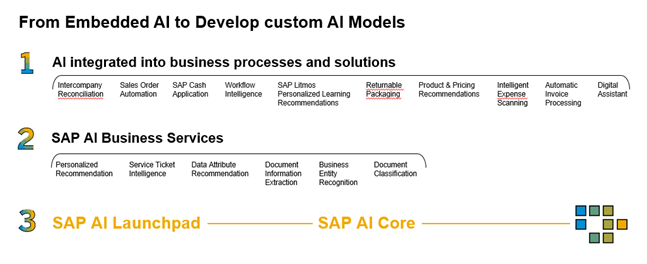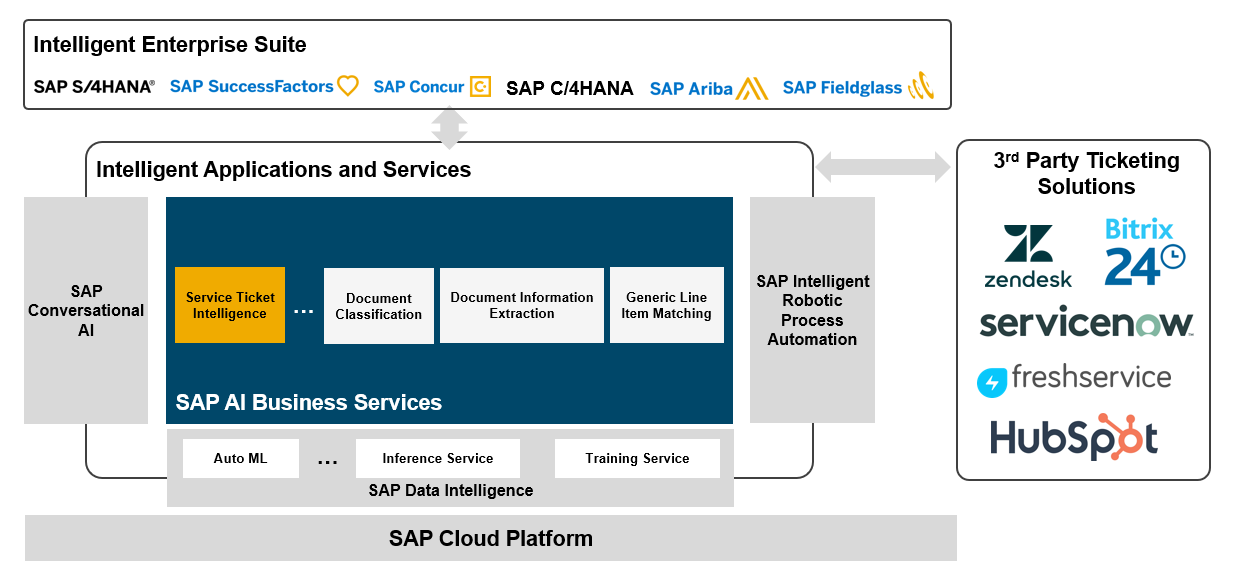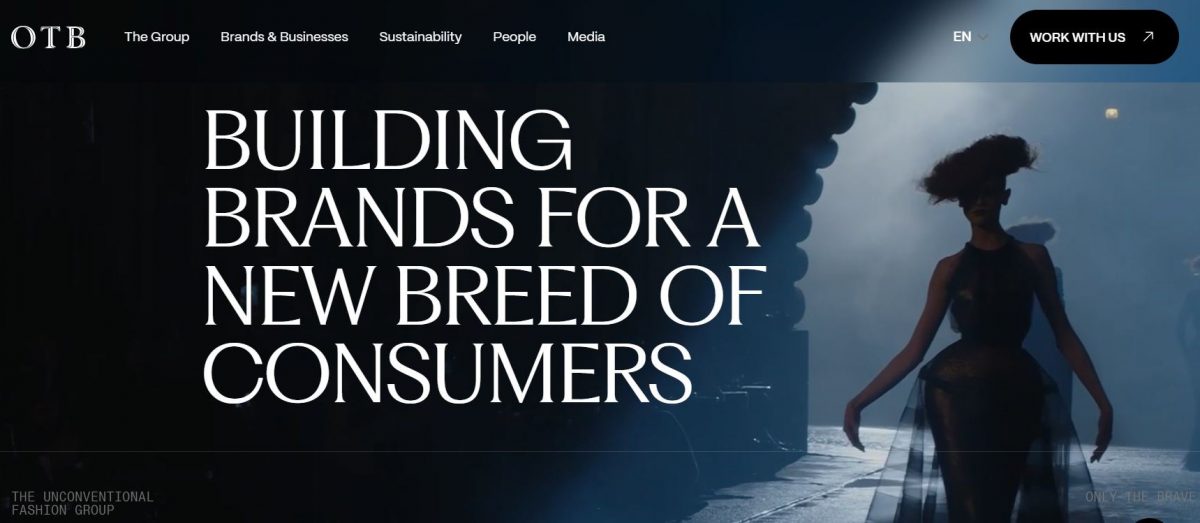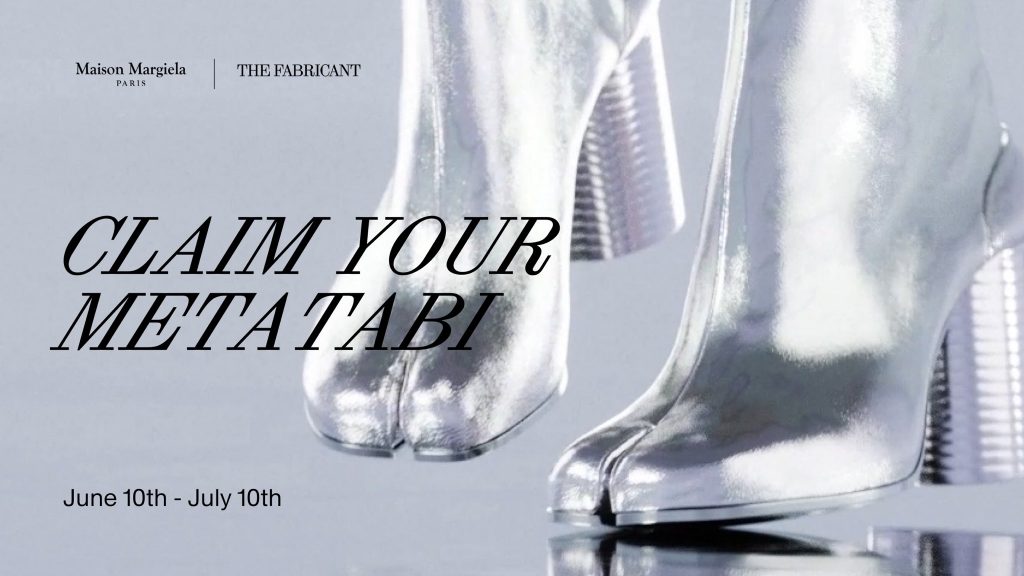For our GenAI proposal, our group (group 3) explored how Orpheo Group, a global leader in visitor solutions for cultural institutions, could revolutionize its business model by integrating GenAI and transitioning from a traditional supplier to a dynamic platform provider. We proposed GenAI as the key solution to automate and personalize Orpheo’s content creation process, while also transforming the visitor experience.
The core of our proposal is an AI-powered chatbot designed to deliver hyper-personalized experiences. This chatbot would generate visitor-specific tour scripts, offering multilingual voice synthesis tailored to individual preferences such as topics of interest, available time, and accessibility needs. By incorporating GenAI, Orpheo could significantly cut costs while maintaining the high-quality content that distinguishes the brand, all while offering a more engaging and adaptable experience for museumgoers.
Beyond the immediate benefits of personalization, the integration of GenAI opens up new opportunities for Orpheo to become a data-driven platform provider. By collecting and analysing visitor data, Orpheo can offer museums and cultural institutions valuable insights into visitor behaviour, improving exhibit management and marketing efforts. This not only enhances visitor engagement but also strengthens Orpheo’s relationship with its partners, positioning it as a central player in a broader ecosystem.
While the promise of GenAI is significant, our findings also highlight challenges that Orpheo will need to address. These include the complexity of AI implementation, data privacy concerns, and potential shifts in employee roles as technology changes workflows. We proposed strategies like forming partnerships with AI specialists and running pilot programs to ensure a smooth and manageable transition.
Our research delved into adaptive audio guides and recommendation systems, further supporting the idea that personalized experiences will become a major differentiator for Orpheo. The platform model we propose could allow the company to scale its offerings and remain competitive against new entrants, securing a stronger market position.
To bring this concept to life, we developed an early-stage prototype named LISA, designed to showcase a GenAI solution for the Louvre. This prototype is a tangible demonstration of how Orpheo could implement this technology and reshape the visitor experience in one of the world’s most renowned museums.
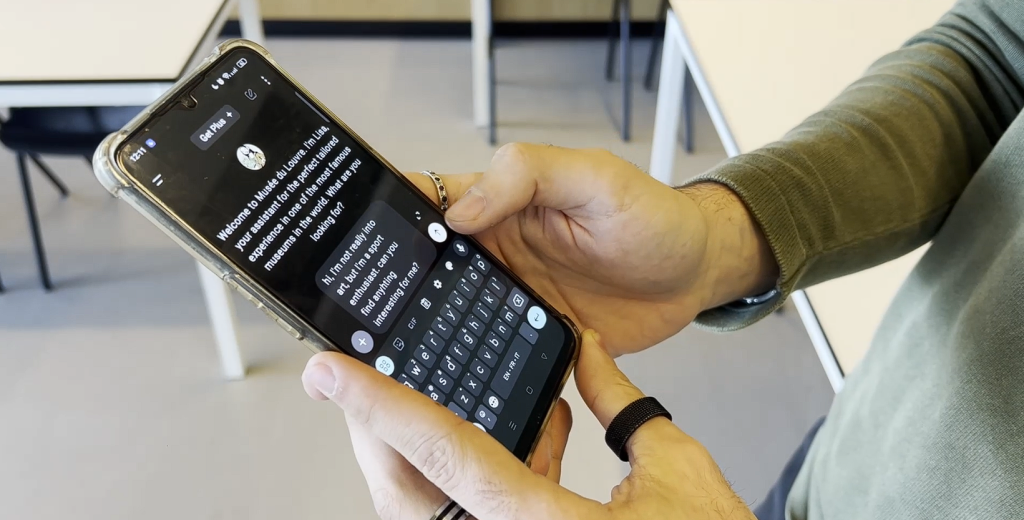
If successfully implemented, Orpheo’s transition from a content supplier to a platform provider would mark a significant shift in the industry, reinforcing its leadership in digital visitor solutions and enabling the company to scale its services globally.
This project taught us how disruptive technologies, like GenAI, can transform a company’s business model and provide a competitive edge in the digital economy. By integrating AI into Orpheo’s operations, we explored how firms can improve efficiency, offer personalized customer experiences, and reposition themselves as platform providers. The experience reinforced key course concepts, such as the importance of adapting to technological advancements, rethinking business models, and navigating the challenges of data-driven solutions. It provided a practical understanding of how digital disruption can create value and reshape industries, preparing us for future roles in a technology-driven business world.
Authors (Group 3): Riccardo Di Bernardo, Alessio Merello, Tim Niedermann, Roan Otten


